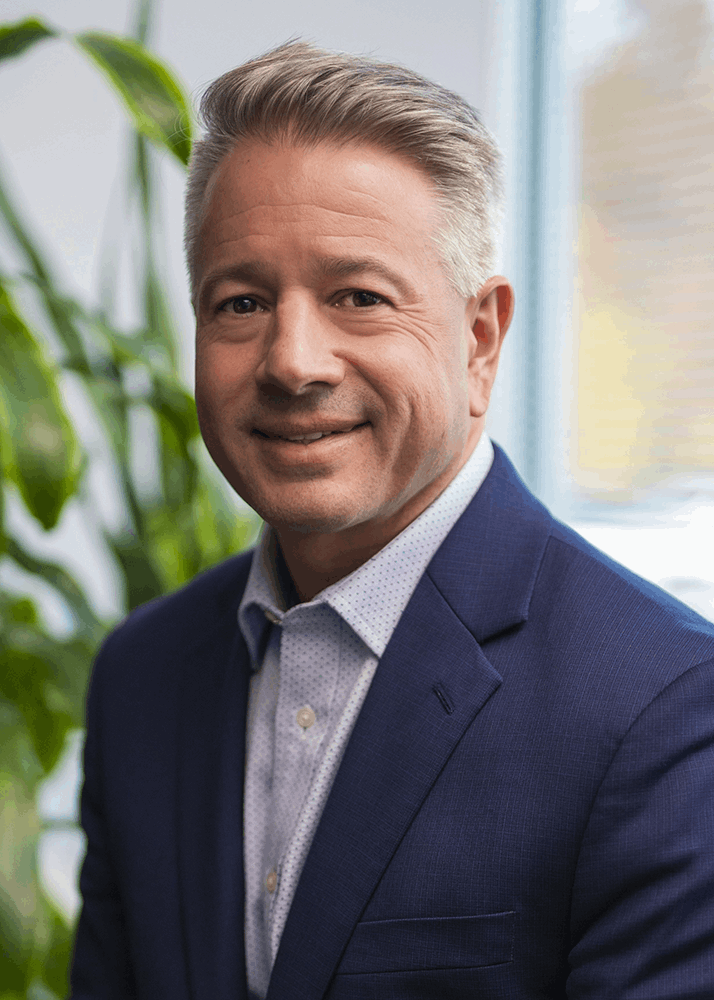Bill McQuade, P.E., CDP, Fellow ASHRAE, LEED AP 2025-26 ASHRAE President

Bill McQuade, P.E., CDP, Fellow ASHRAE, LEED AP
2025-26 ASHRAE President
 Presidential Initiative Challenge
Presidential Initiative Challenge
BOARD OF DIRECTORS
Bill McQuade, P.E., CDP, Fellow Member ASHRAE, LEED AP is ASHRAE’s President for the 2025-26 term.
McQuade previously served on the ASHRAE Board of Directors as president-elect, treasurer, vice president and director-at-large. He has also served as chair of the ASHRAE Members Council and Technology Council, liaison to the Center of Excellence for Building Decarbonization, vice chair of the President-Elect Advisory Committee and coordinating officer of the Conferences and Expositions Committee, the Communications Committee, the Chapter Technology Transfer Committee, the Honors and Awards Committee, the Membership Promotion Committee, the Research Promotion Committee, the Student Activities Committee and the Young Engineers in ASHRAE Committee. From 2021-2022, Bill served as president of the Central Pennsylvania Chapter of ASHRAE and was awarded the ASHRAE Region III ACE award.
Prior to his term as President, McQuade was the ASHRAE representative to the Building Owners and Managers Association, the International Code Council and the Rocky Mountain Institute, liaison to the ASHRAE Epidemic Task Force and was a member of the AIA Liaison Committee, the AiCARR ASHRAE Club and the United Nations Environment Programme, among other Society participation.
McQuade’s theme for the 2025-26 ASHRAE Society Year is "Healthy Buildings: Designing for Life."
“Balancing energy efficiency with good IEQ ensures that buildings are not only environmentally sustainable but also conducive to the health and productivity of their occupants, creating a win-win situation for both people and the planet.”
McQuade’s theme highlights the interplay between energy efficiency and IEQ and presents practical solutions to enhance air quality, thermal comfort, acoustics, lighting and water quality in buildings.
“We are all so proud of the work that ASHRAE has done to protect our climate and outdoor environment by improving energy efficiency, eliminating ozone depleting refrigerants, conserving resources, and decarbonizing buildings. We can build on a half-century of progress in the energy performance of buildings and now focus the same effort on the indoor climate and environment.”
He was selected by the U.S. Department of State and U.S. Environmental Protection Agency to serve as an industry representative on the Indo-U.S. Taskforce on Hydrofluorocarbons. He has served as an expert on the U.S. Department of Energy HVAC Roadmap Collaboration Team (Oak Ridge National Lab).
McQuade is an ASHRAE Fellow and received the ASHRAE Exceptional Service Award in 2023. During his career, he has been awarded 22 U.S. and international patents related to chiller design, oil separation, chiller control algorithms and leak detection for flammable refrigerants.
McQuade has over 32 years of experience in the HVAC&R, serving in various roles. He is currently vice president for government affairs and global sustainability at Baltimore Aircoil Company Inc. (BAC) in Jessup, Maryland, where he is responsible for establishing and maintain relationships with regulators, legislators, associations and societies for the purpose collaborating in all areas that are relevant to the BAC businesses and provide for the benefit of its customers or society as a whole. In addition, he leads the development and implementation of the company's global ESG strategy, including setting ambitious goals and targets aligned with industry best practices and stakeholder expectations. He holds a Master of Business Administration degree and a Master of Science degree in Mechanical Engineering from Pennsylvania State University.

Presidential Presentation
View Read-Only Version of the Presentation
Translations
Spanish: Manuscript | Presentation
French: Manuscript | Presentation
Portuguese: Presentation
Please allow several minutes for the presentation to
download as it is a large PowerPoint file
Presentation Abstract: Shelter is one of the most fundamental human needs, providing physical protection, emotional stability and a foundation for communities. "Healthy Buildings: Designing for Life" highlights the vital connection between indoor environmental quality (IEQ) and human well-being, emphasizing that buildings should do more than provide shelter—they should enhance health, comfort, and safety. This theme explores how design, operation, and maintenance strategies can balance energy efficiency with occupant well-being, creating high-performing, sustainable spaces. By integrating IEQ principles, the built environment can minimize environmental impact while fostering healthier, more resilient communities.